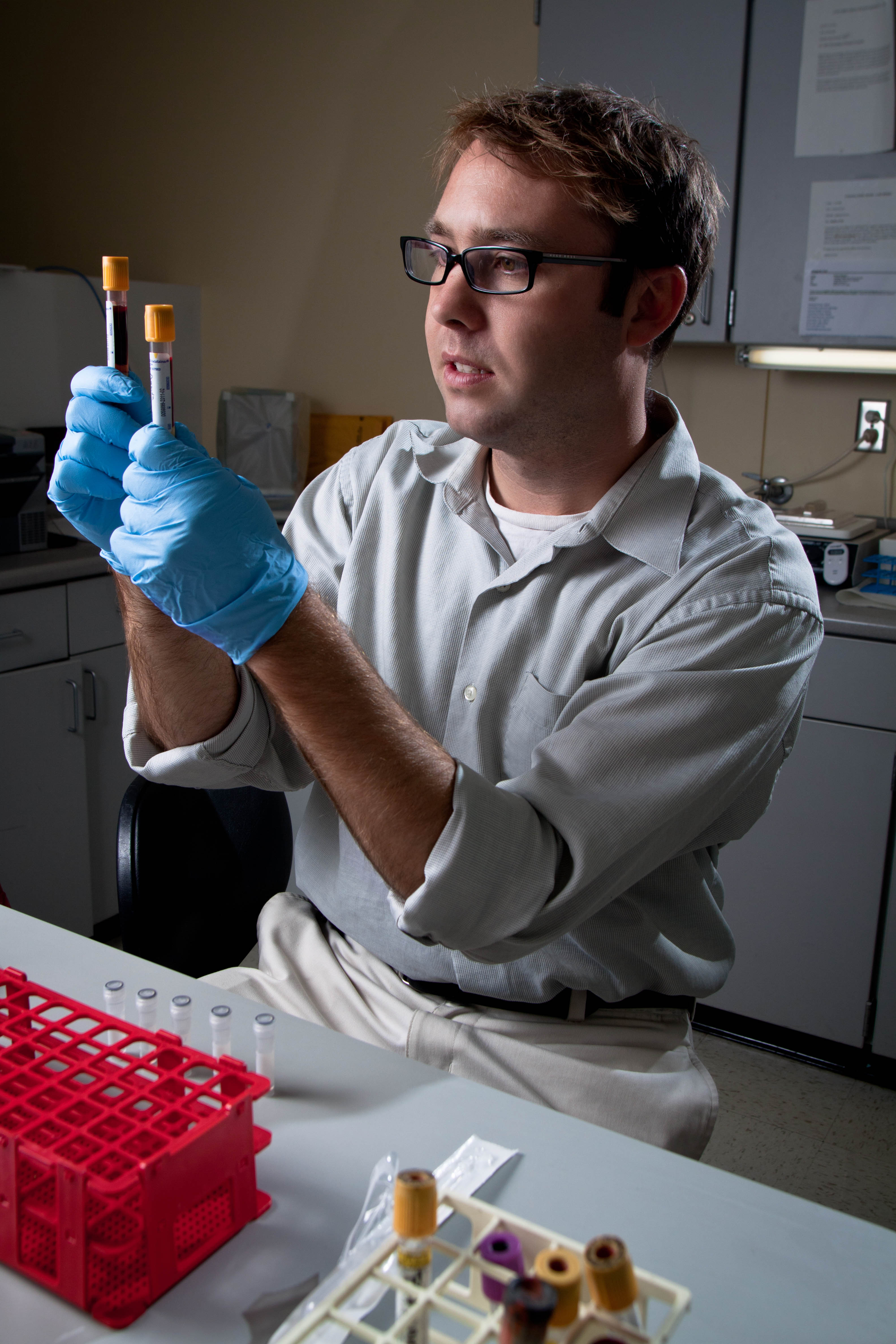No local reports of whooping cough in 2024 amid statewide surge
Published 3:54 pm Tuesday, June 17, 2025
Washington saw a “dramatic surge” in whooping cough cases in 2024, according to the state Department of Health, but Pacific County was one of the select few counties to be spared from the disease that can pose serious health risks especially for infants and young children.
According to preliminary data released by DOH, there were 2,261 confirmed and probable cases of pertussis — more commonly known as whooping cough — across the state last year, an astonishing 25-fold increase from the 87 cases recorded in 2023. Another 1,314 cases have already been reported in Washington this year as of May 31.
Of Washington’s 39 counties, 34 reported at least one case of whooping cough in 2024. Pacific County was one of the five counties without any reported cases, alongside the state’s four least-populated counties: Garfield, Columbia, Wahkiakum and Ferry, which combined have a population of less than 19,000. At 24,245 people, Pacific is the 12th-least populated county in the state.
Trending
Clark County had the most reported cases of whooping cough last year, with 619 cases — or 117.4 cases per 100,000 people. Whitman and Pend Oreille counties, in Eastern Washington, had the highest rate of cases, at 187.1 and 182.2 cases per 100,000 people. Neighboring Grays Harbor County reported four cases, while Lewis County reported 12.
Whooping cough is a bacterial disease that can cause cold-like symptoms that can then turn into severe coughing spells. Serious complications include apnea — where breathing temporarily stops — as well as pneumonia, convulsions, collapsed lungs, rib fractures and brain damage.
According to DOH, whooping cough is most dangerous for infants under a year old who may struggle to breathe and can turn very pale or even blue from not getting enough air. In 2024, the state reported its first death related to whooping cough since 2011. Children ages 0-4 made up 26% of the 2,261 cases reported in 2024, despite making up just 5.4% of the statewide population.
Whooping cough symptoms usually start 5-21 days after exposure, and the disease is generally treated with antibiotics. It’s important to start treatment as soon as possible to help keep the disease from spreading to others, according to DOH, adding that early treatment can also make the symptoms end sooner and be less severe.
The agency stressed that vaccination is the best defense against whooping cough, especially for those at higher risk of severe illness — and those who come in close contact with them.
Those at higher risk include infants less than a year old, pregnant people (especially those in the third trimester), families and caregivers of infants and young children, people with weakened immune systems or chronic respiratory illnesses, and older adults, particularly those 65 and older who are more susceptible to pneumonia.
Trending










